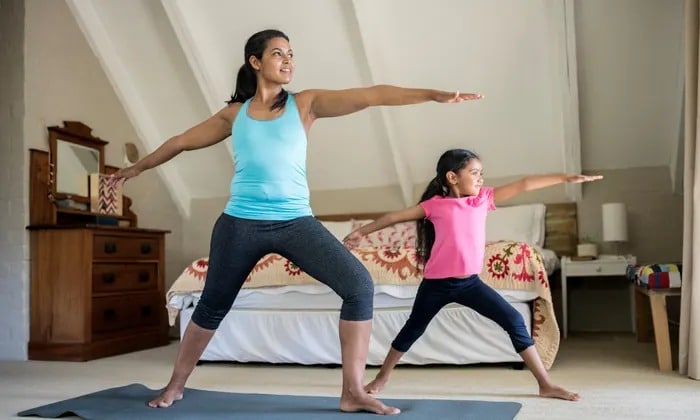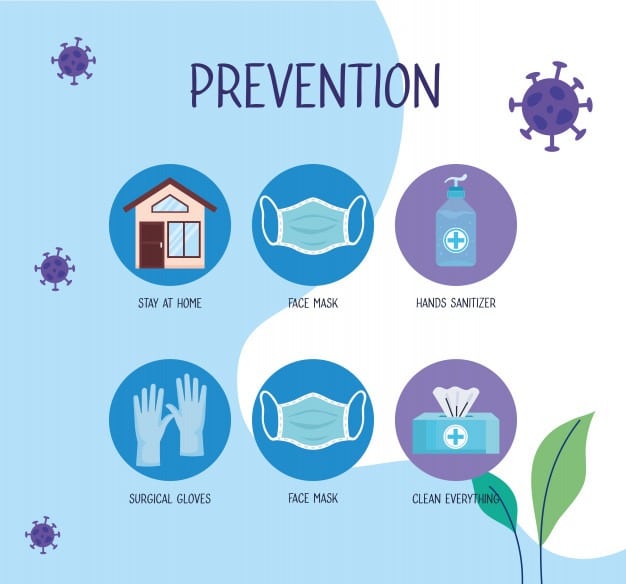6 ways to stay physically fit during self-quarantine
During COVID-19 pandemic, people are working from home and engaging in online learning and may not follow their normal exercise regime. To practice social distancing gyms, yoga and CrossFit studios are closed at the moment.Staying home is not one of the fun things to do, but staying safe is the need of the hour. But if you are not doing a lot of physical activity, you may tend to put on weight. In order to keep your weight in healthy range, you need to indulge in physical activities for at least 150-300 minutes per week.
But if you can promise to follow a conscious schedule, it is possible to be in shape by performing daily physical activities at home during self-quarantine.
- While working at home, pace while on phone calls and use a standing desk to reply to your emails or performing any other work on your laptop.
- Keep a pair of hand weights of home and just perform simple toning exercises while you are talking on the phone or reading an email.
- Take movement breaks every 45 minutes throughout the day. These breaks should be utilized for doing stretches or something more rigorous like a set of push-ups or sit ups for at least 10 minutes. Taking a short walk in your backyard can be beneficial too. Taking these little breaks improves your daily productivity. Lastly, end your day by taking a small stroll around the neighbourhood by following the social distancing norms and wearing a mask when you go out.
- If you are helping your kid with their lessons at home, remember to give them short recesses in regular intervals throughout the day and take the opportunity to take your break too. Indulge with your kid by putting on some music and dancing, go outside and play catch. These activity breaks will help your kid release their pent-up energies, stay physically healthy and be more focused on their academic work.
- If you have a pet, spend some time and go outside with them and take a walk or throw a ball in the backyard. Most of the daily house chores are a part of your physical activity like vacuuming your home, dusting and backyard cleaning work. Making more disciplined and following a routine could be helpful. Try doing lunges when vacuuming or sweeping, wash your car by hand, use a push lawn mower rather than a power mover when cleaning your lawn.
- During this lockdown, many online apps are offering free workouts. Amazon Prime has shared various exercises like cardiovascular workouts, strength training, and yoga. If you have weights at home, you can follow an online routine while watching tv or a movie. Or you can find substitutes of these weights like bottles of water, canned food and hardback books. Additionally, you can do body weight exercises such as push-ups, planks, squats, and lunges.
Setting daily physical activity goals can keep you active during this lockdown. It may be frustrating that you can’t do your normal exercise routine at the gym or yoga class, but you can perform new activities at home such as dancing, participating in online cardio classes or yoga. You may just find something that you really enjoy and want to incorporate into your routine even after our days of social distancing are over.



